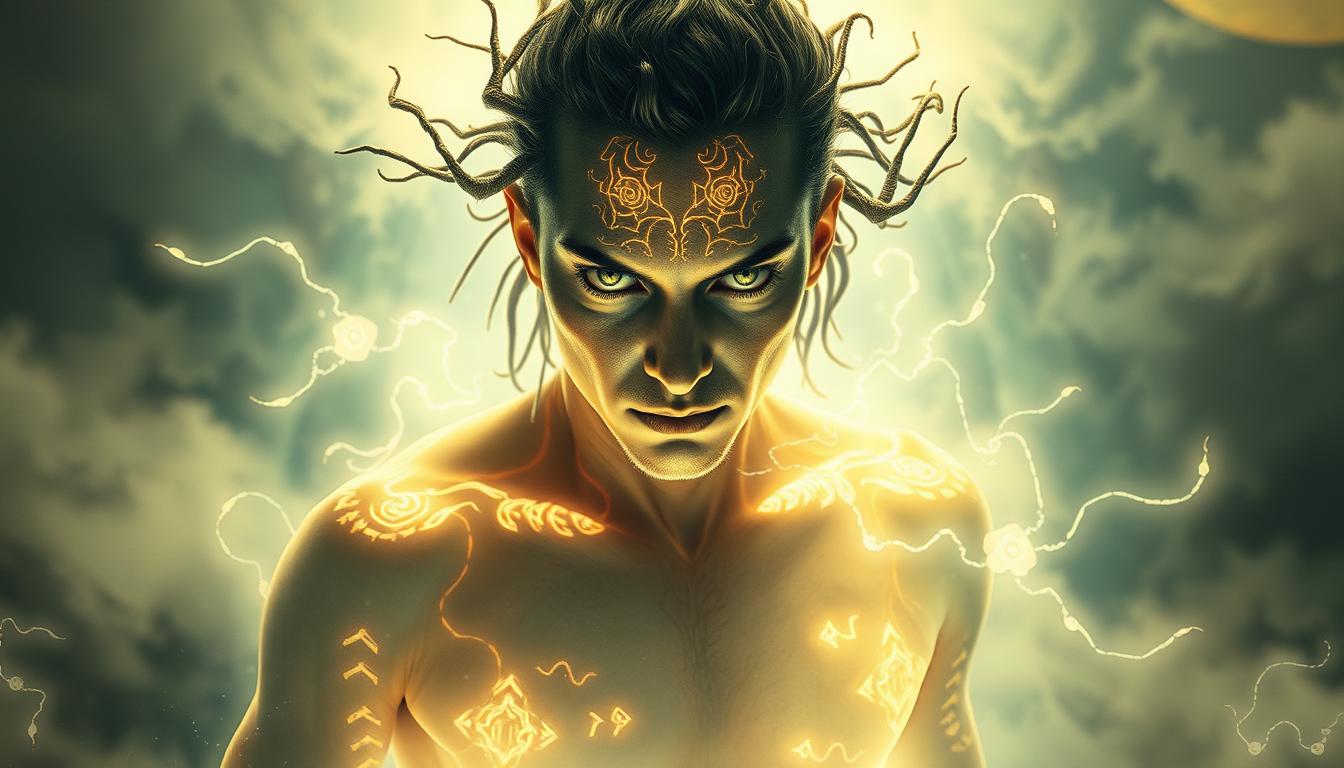Throughout history, certain individuals have displayed traits that seem to defy the ordinary. From heightened senses to the ability to influence the elements, these exceptional qualities have fascinated cultures worldwide. But what makes these traits possible? Are they rooted in science, or do they belong to the realm of myth and imagination?
This article dives into the intriguing question of why some people appear to possess extraordinary traits. We’ll explore historical accounts, scientific theories, and cultural beliefs that shed light on this phenomenon. From ancient texts to modern media, the idea of exceptional human traits has been documented in various forms, sparking curiosity and debate.
Whether it’s the power of the mind, the control of elements, or the ability to sense the unseen, these traits continue to captivate our imagination. Join us as we uncover the mysteries behind these extraordinary qualities and examine their place in our world.
Key Takeaways
- Extraordinary traits have been documented across cultures and history.
- This article explores scientific, historical, and cultural perspectives.
- Examples from folklore and modern media highlight these traits.
- Some traits may have scientific explanations, while others remain mysteries.
- The fascination with exceptional human qualities continues to grow.
Understanding the Origins of Supernatural Abilities
From ancient myths to modern tales, extraordinary powers have always captured human imagination. These stories often reflect the values, fears, and hopes of the societies that created them. Whether seen as gifts or curses, these traits have been a source of fascination across cultures and time.
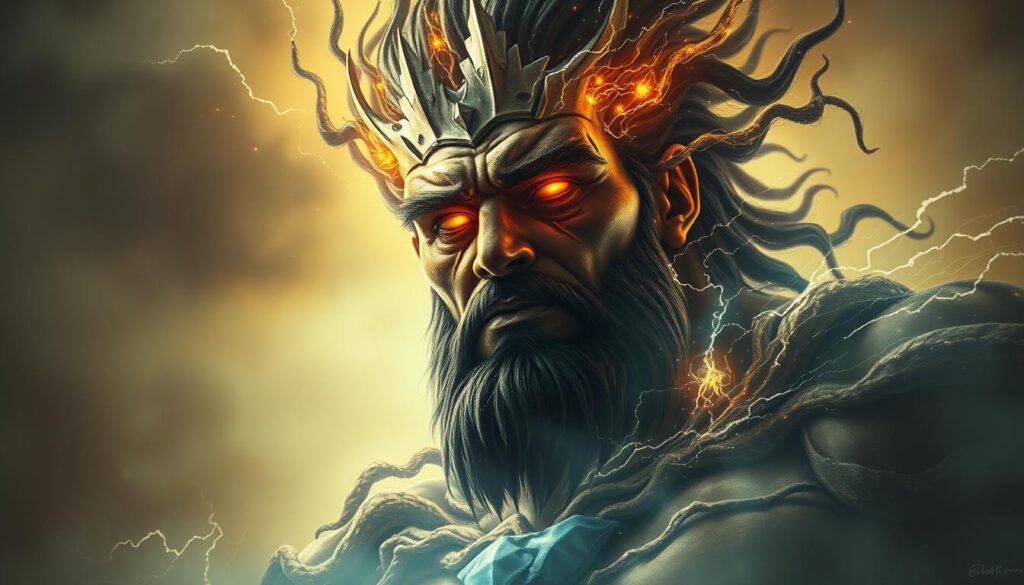
Historical Roots and Folklore
Many ancient cultures believed that certain individuals were chosen by the gods to wield unique powers. In Greek mythology, figures like Hercules possessed immense strength, while Norse legends spoke of Odin’s wisdom and foresight. These stories often served to explain natural phenomena or teach moral lessons.
In Egypt, magicians were said to perform feats that rivaled the miracles of Moses and Aaron. This shows how the idea of extraordinary powers was not limited to one culture or belief system. Instead, it was a universal theme that connected people across the world.
Cultural Context and Beliefs
Different cultures have interpreted extraordinary powers in their own ways. In some traditions, these traits were seen as a connection to the divine. In others, they were viewed as a form of magic or even a curse. For example, in Zoroastrianism, the struggle between good and evil was often depicted through tales of powerful beings.
Modern interpretations continue to shape our understanding of these powers. From aura reading to telepathy, the fascination with the unknown remains strong. These beliefs often reflect our desire to understand the mysteries of life and the world around us.
| Culture | Interpretation of Powers |
|---|---|
| Greek | Divine gifts from gods |
| Norse | Wisdom and foresight |
| Egyptian | Magical feats |
| Zoroastrian | Struggle between good and evil |
These diverse interpretations highlight the universal appeal of extraordinary powers. Whether rooted in history or shaped by modern beliefs, they continue to inspire and intrigue us.
Examining Scientific Perspectives on Extraordinary Powers
Science often seeks to explain what seems beyond the ordinary. While folklore and myths attribute extraordinary powers to divine or magical sources, modern research offers a different lens. By studying the brain and cognitive processes, scientists aim to uncover the truth behind these phenomena.
One area of focus is the brain’s role in shaping perception. Studies suggest that certain powers, like telepathy, may stem from heightened neural activity. For example, fMRI scans have shown specific brain regions lighting up during tasks that mimic telepathic communication. This raises questions about how the mind processes information beyond the usual senses.

Cognitive biases also play a part in how we interpret extraordinary events. The human mind tends to find patterns, even where none exist. This can lead to the belief in powers like precognition or telekinesis. Scientific investigations often reveal that these experiences are rooted in psychological mechanisms rather than external forces.
Research has also explored the idea of energy and its connection to the body. Some theories propose that what we perceive as control over elements like fire or water could be linked to the brain’s ability to influence physical responses. While these ideas are still under study, they provide a fascinating counterpoint to traditional beliefs.
Ultimately, science offers a balanced view. It doesn’t dismiss the possibility of extraordinary powers outright but seeks to understand them through evidence and experimentation. This approach bridges the gap between myth and reality, inviting us to explore the unknown with curiosity and critical thinking.
Mind and Matter: The Brain’s Influence on Power
The human brain is a powerful tool that shapes how we perceive the world. It processes information, interprets sensations, and creates our sense of reality. Sometimes, this process can make the ordinary seem extraordinary. Modern neuroscience explores how the brain influences our experiences, including those that feel like unique powers.
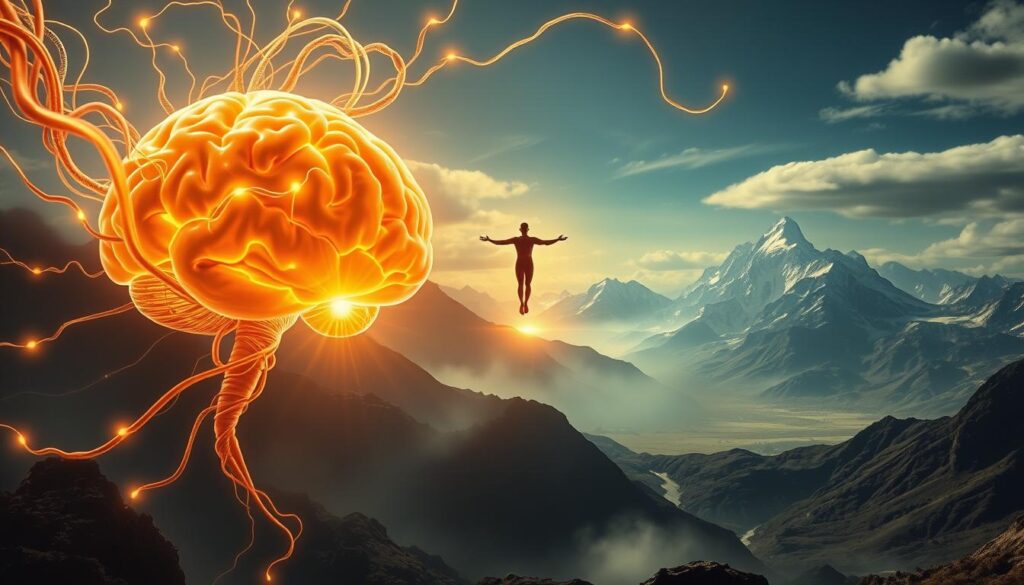
Cognitive Explanations
Cognitive science offers models to explain why people might feel they have special abilities. One theory suggests that the brain’s tendency to find patterns can lead to misinterpretations. For example, seeing a face in a cloud or hearing a voice in static noise are common examples of this phenomenon.
Another idea is that cognitive biases play a role. The human mind often connects unrelated events, creating a sense of meaning where none exists. This can lead to beliefs in abilities like precognition or telepathy, even when there’s no scientific evidence to support them.
Neurological Insights
Research into brain chemistry reveals how perception can be altered. Studies show that certain brain regions activate during tasks that mimic extraordinary experiences. For instance, fMRI scans have demonstrated heightened activity in areas linked to imagination and memory during so-called telepathic experiments.
Additionally, the brain’s ability to influence the body is fascinating. Some theories propose that what we perceive as control over elements like water or energy could stem from neural responses. While these ideas are still under investigation, they highlight the brain’s potential to shape our experiences.
Ultimately, the brain’s role in creating extraordinary perceptions remains a topic of intrigue. Science continues to explore these phenomena, bridging the gap between myth and reality. This ongoing research invites us to question how much of what we perceive is truly beyond the ordinary.
Supernatural Powers in Popular Culture
Popular culture has long been fascinated by the idea of extraordinary powers, weaving them into stories that captivate audiences. From movies to comic books, these portrayals reflect our collective curiosity about the unknown and the extraordinary. They inspire us, challenge our perceptions, and often blur the line between reality and imagination.
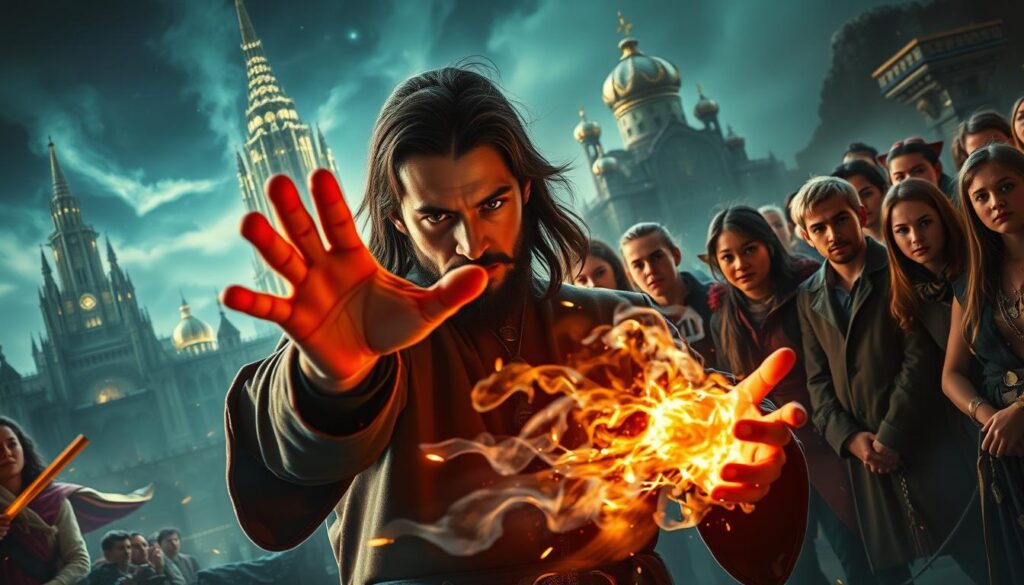
Influence in Movies and TV
Movies and TV shows have brought extraordinary powers to life in visually stunning ways. For example, the X-Men series explores the idea of mutants with unique abilities, from telekinesis to controlling elements. These stories often highlight the struggles and triumphs of individuals with powers, making them relatable to audiences.
Shows like Stranger Things and Supernatural have also shaped modern perceptions. They blend ancient legends with modern storytelling, creating a mix of mystery and adventure. These portrayals not only entertain but also fuel public interest in the extraordinary.
Comic Book Inspirations
Comic books and graphic novels have redefined extraordinary powers for modern audiences. Characters like Spider-Man and Wonder Woman showcase abilities that inspire heroism and resilience. These stories often draw from ancient myths, giving them a timeless appeal.
Graphic novels like Watchmen explore the darker side of powers, questioning their impact on society. This adds depth to the narrative, making readers think about the ethical implications of such abilities. The influence of comic books extends beyond entertainment, shaping how we view heroes and villains.
Overall, popular culture continues to celebrate extraordinary powers, blending ancient myths with modern creativity. These portrayals not only entertain but also inspire us to explore the mysteries of the world around us.
Categorizing Supernatural Powers: Minor, Mid-Level, and High-Level
Not all extraordinary traits are created equal—some are subtle, while others reshape reality. To better understand these unique abilities, they are often grouped into three categories: minor, mid-level, and high-level. This classification helps clarify their scope, influence, and potential danger.
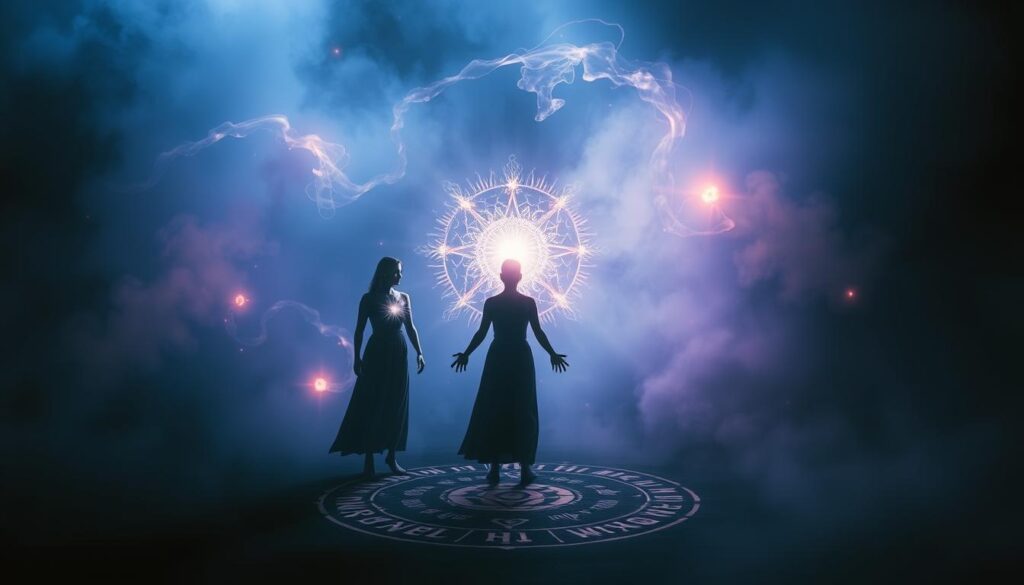
Examples of Minor Powers
Minor powers are often subtle but still impactful. These abilities typically enhance a person’s physical or mental capabilities without drastically altering their environment. Examples include:
- Super Stamina: The ability to operate for extended periods without rest, often seen in folklore creatures.
- Sensory Enhancements: Heightened senses like improved vision or hearing, allowing a person to perceive more than the average individual.
- Superhuman Endurance: The capacity to withstand significant physical trauma, making the body more resilient.
These powers are often found in low-tier beings or entities and are more about personal enhancement than external influence.
Mid-Level and High-Level Abilities
Mid-level abilities introduce more complexity and broader influence. These powers often allow a person to interact with their environment in extraordinary ways. Examples include:
- Teleportation: The ability to move instantly from one location to another, often depicted in myths and modern media.
- Telepathy: Reading or influencing the thoughts of another person, a common theme in both folklore and science fiction.
- Healing: Rapid recovery from injuries, a trait often associated with divine or magical beings.
High-level abilities, on the other hand, are truly transformative. These powers can alter fundamental aspects of reality, such as:
- Time Manipulation: Controlling the flow of time, a rare and often dangerous ability.
- Reality Warping: Creating or altering entire dimensions, a power typically reserved for god-like entities.
- Weather Control: Influencing large-scale natural phenomena, often seen in myths about elemental deities.
The criteria for categorizing these powers include their scope of influence, potential danger, and the level of control required. From comics to ancient legends, these tiers help us understand the hierarchy of extraordinary traits and their place in stories and beliefs.
Listicle of Extraordinary Supernatural Examples
The world of extraordinary traits is vast, filled with unique powers that inspire awe and curiosity. From controlling natural forces to reading minds, these abilities have captivated audiences for centuries. Let’s explore some of the most fascinating examples that continue to shape stories and beliefs.
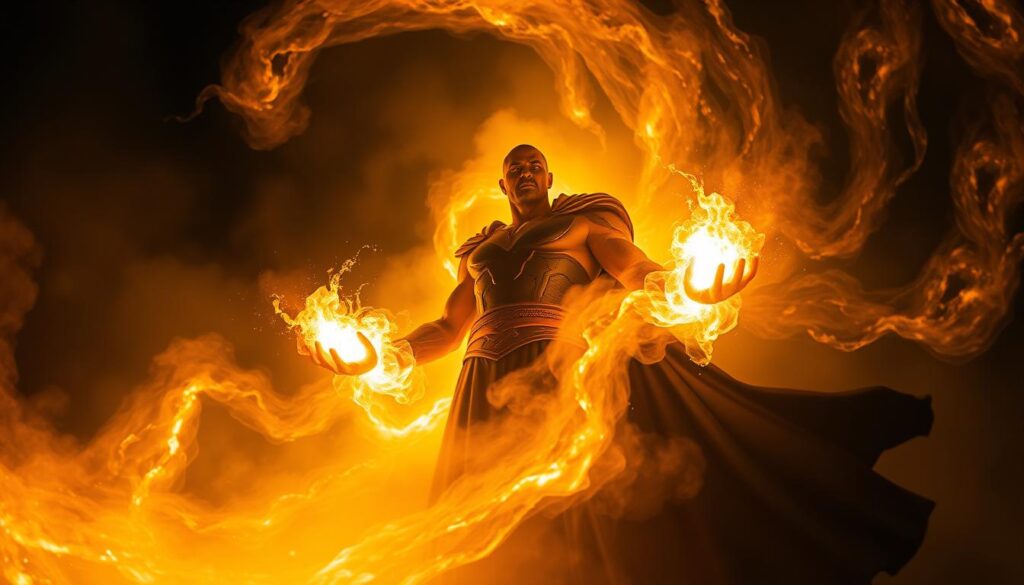
Elemental Control and Energy
Elemental control is one of the most iconic powers, allowing a person to manipulate natural forces like fire, water, and air. This ability often symbolizes harmony with nature or immense strength. For example, in myths, deities like Poseidon controlled the seas, while modern stories feature characters who bend elements to their will.
Energy manipulation is another intriguing power. It involves harnessing and directing energy, often seen as a form of magic or advanced science. From creating protective shields to unleashing powerful blasts, this ability showcases the potential of the human mind and body.
Telepathy, Telekinesis, and Shape-Shifting
Telepathy, the ability to read or influence another person’s thoughts, has been a staple in both folklore and modern media. It explores the boundaries of the mind and communication. Similarly, telekinesis, the power to move objects with thought, highlights the connection between mental focus and physical action.
Shape-shifting is another classic ability, allowing a person to change their form. This power often symbolizes transformation and adaptability. From werewolves to characters like Mystique from X-Men, shape-shifting continues to fascinate audiences.
Other Astonishing Abilities
Beyond the well-known powers, there are lesser-known yet equally captivating abilities. Aura reading, for instance, lets a person perceive the energy fields around living beings. This power is often linked to spiritual practices and intuition.
Precognition, the ability to see future events, adds an element of mystery and foresight. It challenges our understanding of time and destiny. These abilities, though less common in mainstream media, offer endless possibilities for creative storytelling.
What if you could combine these powers? Imagine a character who controls elements while reading minds or shape-shifts with telekinetic strength. The potential for unique stories is limitless.
Religious and Mythical Interpretations of Power
Across cultures, spiritual powers have been deeply tied to religious and mythical beliefs. These interpretations often view extraordinary traits as gifts from the divine or connections to higher realms. From ancient rituals to modern practices, the idea of spiritual communication has shaped how people understand the unknown.
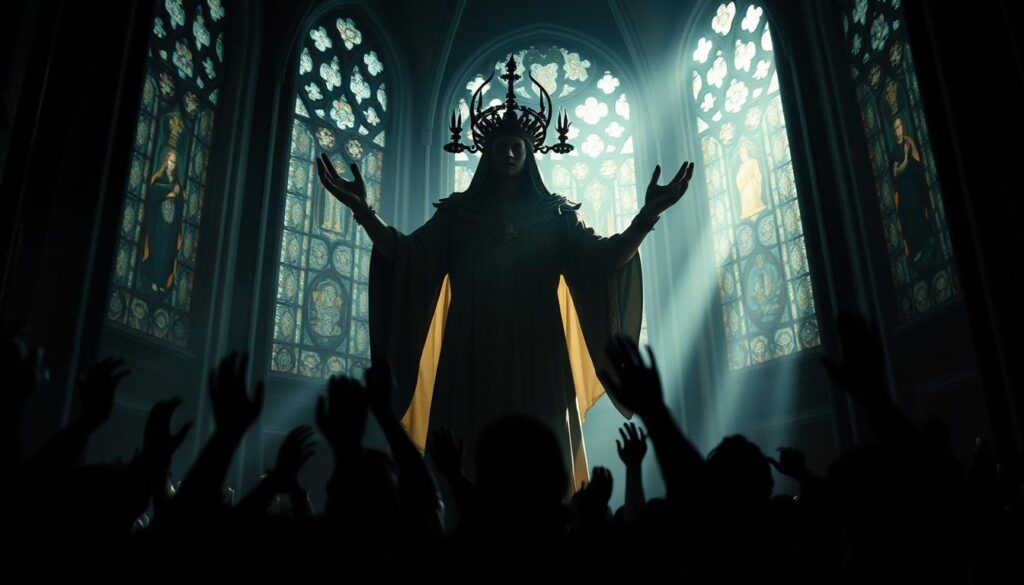
In many traditions, mediumship and clairvoyance are seen as tools for bridging the gap between the physical and spiritual worlds. For example, in Hinduism, advanced yogic practitioners are believed to possess abilities like Anima and Laghima, which allow them to manipulate their form and energy. Similarly, in Buddhism, enlightened beings develop extraordinary traits through intense meditation.
Spiritual Communication and Mediumship
Mediumship has played a significant role in spiritual practices worldwide. It involves communicating with spirits or entities beyond the physical realm. In Christianity, figures like the archangels Michael and Gabriel are seen as messengers between heaven and earth. This belief reflects the idea that certain individuals can act as conduits for divine messages.
In folklore, mediums often serve as bridges to the afterlife. For instance, the ancient Egyptians believed in the judgment of Osiris, where the dead were guided by spiritual forces. This practice highlights the cultural significance of connecting with the unseen.
Divination, another form of spiritual communication, has been used to seek guidance or predict the future. From tarot readings to oracle bones, these practices emphasize the human desire to understand the mysteries of life. As one study notes, “Approximately 60% of Americans believe in angels, reflecting a widespread belief in celestial beings.”
Mythical interpretations often lend a mystical quality to these powers. In Jainism, ascetic practices are said to grant control over existence itself. These beliefs underscore the deep-rooted cultural significance of extraordinary traits, blending myth with spirituality.
The Energy Behind Elemental Control
Harnessing the energy of natural forces is a recurring theme in myths and fiction. From ancient rituals to modern tales, the ability to command elements like fire, water, and earth has captivated imaginations. This power often symbolizes a deep connection to nature and the universe.
In many cultures, elemental control is seen as a gift from cosmic or spiritual forces. For example, in Greek mythology, Poseidon ruled the seas, while in Hinduism, Agni is the god of fire. These figures embody the idea that natural elements hold immense power and can be influenced by those with the right ability.
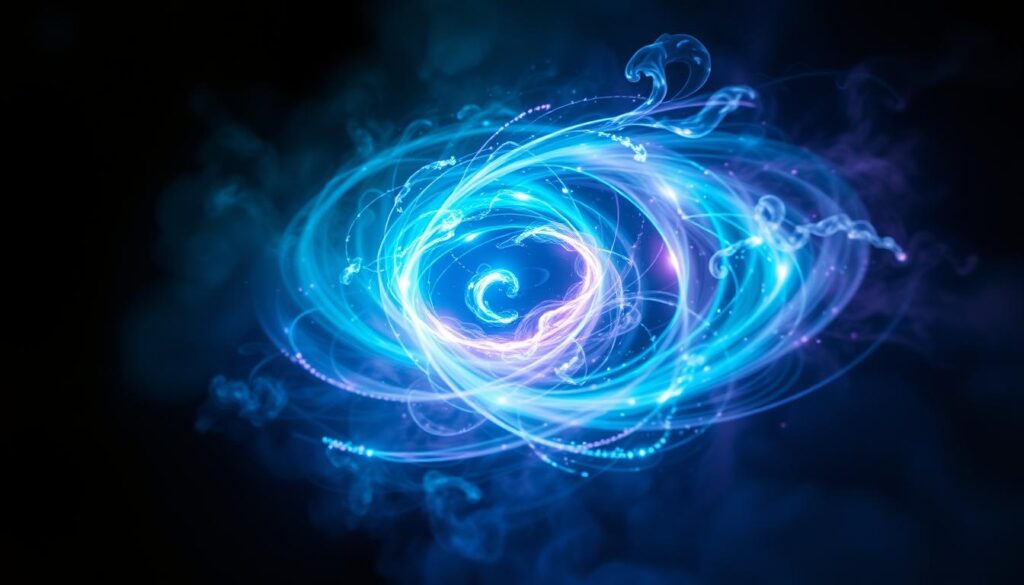
Fiction and folklore are filled with examples of elemental control. In Avatar: The Last Airbender, benders manipulate one of the four basic elements, showcasing the balance between human skill and natural energy. Similarly, in Game of Thrones, dragons wield fire as a destructive force, highlighting the dual nature of elemental power—creation and destruction.
Theories suggest that these abilities stem from a person’s connection to the energy of the world. Some believe that through meditation or spiritual practices, individuals can tap into this energy. Others see it as a form of magic, where spells and rituals unlock the potential to control elements.
Here’s a breakdown of how elemental control is portrayed across different cultures and stories:
| Culture/Story | Element | Interpretation |
|---|---|---|
| Greek Mythology | Water | Poseidon’s dominion over the seas |
| Hinduism | Fire | Agni as the god of fire and sacrifice |
| Avatar: The Last Airbender | Air, Water, Earth, Fire | Benders’ ability to manipulate one element |
| Game of Thrones | Fire | Dragons as symbols of destruction and power |
The interplay between natural energy and supernatural manifestations continues to inspire stories and beliefs. Whether through myths, fiction, or spiritual practices, the concept of elemental control reminds us of the profound connection between humanity and the forces of nature. For more insights into how these themes shape our world, visit Hannah Brites.
Supernatural Powers in Literature and Art
Literature and art have long been a canvas for exploring the extraordinary. From ancient myths to modern graphic novels, the portrayal of unique powers has captivated audiences. These creative works not only entertain but also reflect humanity’s fascination with the unknown.
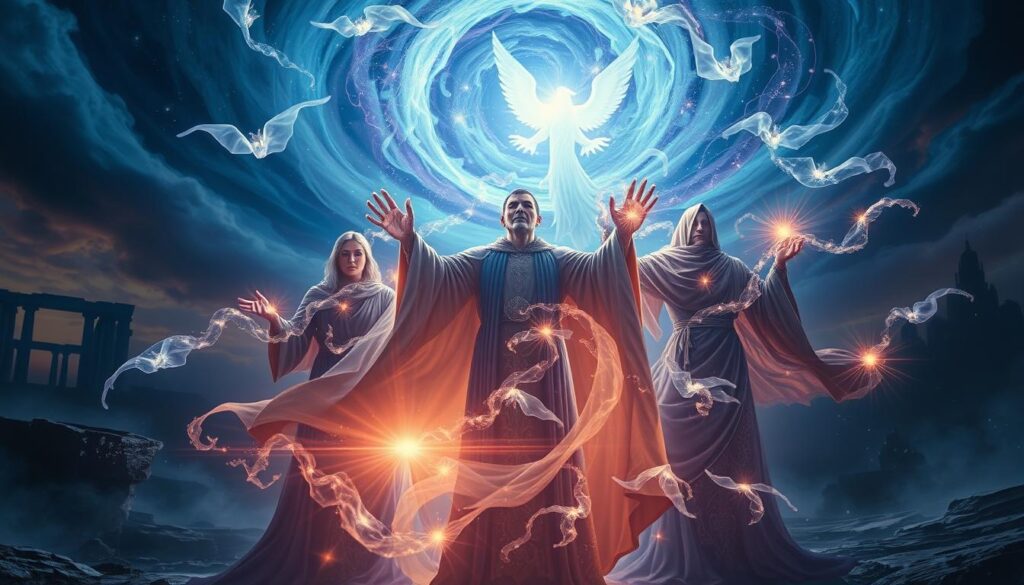
Classic Legends and Myths
Classic myths and legends are rich with tales of extraordinary abilities. In Shakespeare’s Hamlet, the ghost of Hamlet’s father plays a pivotal role, adding depth to the tragic narrative. Similarly, in Macbeth, witches with prophetic powers drive the plot forward.
Ancient texts like the Mahabharata and the Vedas also feature characters with unique powers. These stories often serve as moral lessons or explanations for natural phenomena. The enduring appeal of these tales lies in their ability to connect us to a world beyond the ordinary.
Modern Reinterpretations
Modern literature and art continue to reinterpret these themes. Graphic novels like Watchmen explore the ethical implications of extraordinary powers. Characters like Dr. Manhattan challenge our understanding of time and existence.
Speculative fiction, such as The Matrix, delves into the concept of reality manipulation. These modern works build on traditional myths while introducing new perspectives. They remind us that the extraordinary is not just a thing of the past but a living, evolving concept.
| Era | Example | Theme |
|---|---|---|
| Ancient | Shakespeare’s Hamlet | Ghosts and prophecy |
| Classic | Mahabharata | Divine powers and moral lessons |
| Modern | Watchmen | Ethics of extraordinary abilities |
The ongoing fascination with these themes highlights their universal appeal. Whether through classic myths or modern reinterpretations, literature and art continue to explore the extraordinary, inviting us to imagine the impossible.
Modern Interpretations of Supernatural Abilities
Modern storytelling has redefined what it means to possess unique powers. Today, the concept of extraordinary traits is shaped by technology, cultural shifts, and innovative ideas. From movies to video games, these interpretations reflect our evolving understanding of what is possible.
One major change is the integration of digital-age concepts. For example, cyberpunk stories often feature characters who merge their minds with machines, gaining new abilities. This blend of technology and human potential challenges traditional views of power.

Emerging narratives also explore the balance between tradition and innovation. Stories like The Witcher combine ancient magic with modern storytelling techniques. This approach keeps the essence of traditional powers while making them relevant to today’s audience.
Modern media has also expanded the definition of extraordinary traits. Abilities like time manipulation or energy control are now common in science fiction. These powers often symbolize deeper themes, such as the struggle for control in a chaotic world.
Here’s how modern interpretations compare to traditional views:
| Aspect | Traditional | Modern |
|---|---|---|
| Source of Power | Divine or magical | Technology or mental focus |
| Representation | Mythical beings | Everyday individuals |
| Themes | Moral lessons | Ethical dilemmas |
Ultimately, modern interpretations honor the past while embracing the future. They remind us that the concept of extraordinary traits is not static but ever-evolving. As technology and culture continue to change, so too will our understanding of what it means to possess unique powers.
Cultural Impact and Real-Life Fascination with Powers
The fascination with extraordinary powers has shaped cultures and inspired countless stories. From ancient myths to modern media, these abilities have left a lasting mark on art, literature, and everyday life. They reflect humanity’s curiosity about the unknown and the extraordinary.
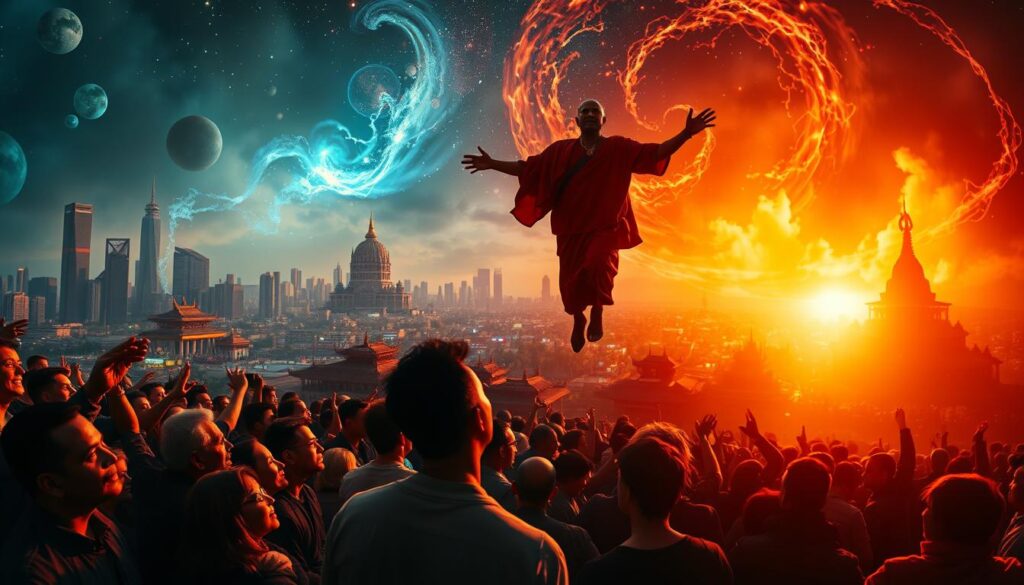
Pop Culture Legacy
Superheroes and mythic figures have become cultural icons, embodying the idea of extraordinary powers. Characters like Superman and Wonder Woman inspire heroism, while villains like Thanos challenge our understanding of power and control. These figures shape public perceptions and spark conversations about morality and ethics.
Movies, TV shows, and comic books have played a significant role in this legacy. For example, the Marvel Cinematic Universe has brought superheroes to life, making them relatable to modern audiences. Similarly, shows like Stranger Things blend ancient legends with contemporary storytelling, keeping the fascination alive.
Public Perceptions and Media Influence
Media and technology have reshaped how we view extraordinary powers. Social media platforms and online communities allow fans to discuss and share their favorite stories. Blogs and newspapers often explore the cultural significance of these abilities, keeping the conversation relevant.
For instance, the creation of The Slender Man in 2009 shows how online platforms can influence modern myths. This character, born from an internet challenge, has become a symbol of the ongoing fascination with the unknown. As one study notes, “Approximately 60% of Americans believe in angels, reflecting a widespread belief in celestial beings.”
Here’s how media has influenced public perceptions:
- Superheroes: Characters like Spider-Man inspire resilience and hope.
- Villains: Figures like the Joker challenge societal norms.
- Online Communities: Platforms like Reddit foster discussions about extraordinary powers.
The cultural impact of extraordinary powers continues to evolve. From ancient myths to modern media, these abilities remind us of the endless possibilities of the human imagination. They inspire us to explore the unknown and embrace the extraordinary.
Conclusion
The exploration of unique powers bridges the gap between myth and science. From ancient folklore to modern research, these abilities have fascinated cultures worldwide. Stories of extraordinary traits reflect our curiosity about the unknown and the extraordinary.
Scientific perspectives offer explanations, while myths provide rich narratives. This balance between evidence and imagination invites us to question and explore. Whether rooted in history or shaped by modern beliefs, the concept of unique powers continues to inspire.
As we delve deeper, the line between the natural and the extraordinary blurs. This journey encourages us to embrace the mysteries of the world. Keep exploring, and you might uncover new insights into the power of the human mind and spirit.

